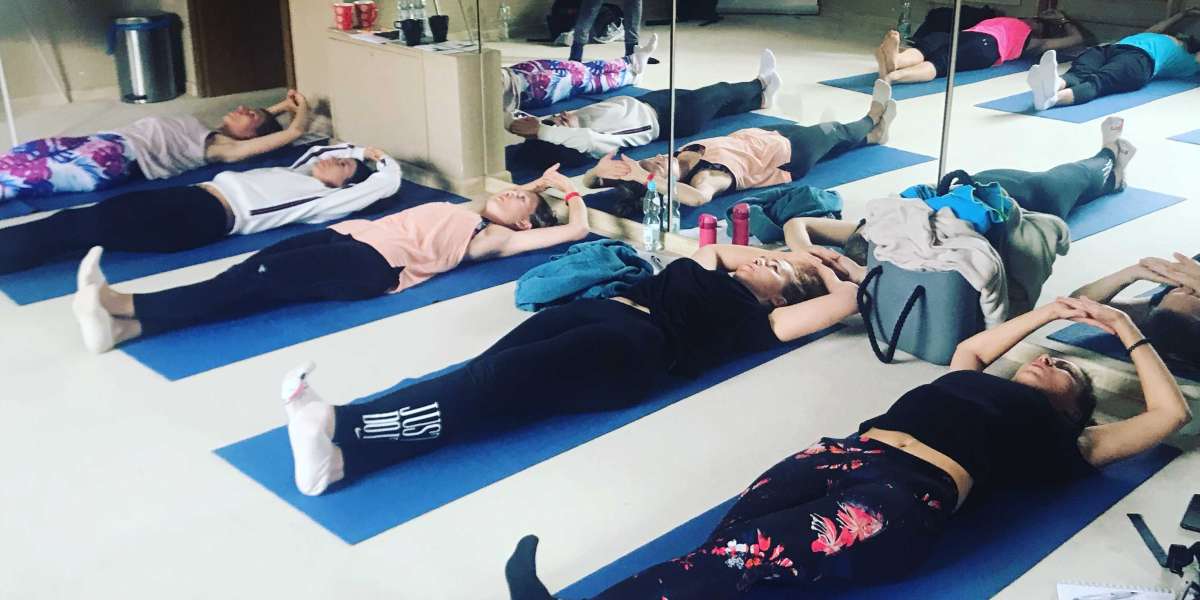Pelvic floor issues are a common concern for many women, affecting their quality of life and overall well-being. Traditionally, Kegel exercises have been the go-to solution recommended by women’s health physios and doctors. However, a revolutionary approach known as Hypopressives is challenging the status quo, offering a different perspective on pelvic floor rehabilitation.
The Problem with Traditional Kegels:
Kegel exercises, involving the contraction and relaxation of pelvic floor muscles, have long been considered the gold standard for addressing pelvic floor issues. However, many women find themselves stuck in a frustrating cycle, diligently performing Kegels without experiencing significant improvements. The truth is, Kegels may not be the panacea they were once believed to be.
Enter Hypopressives:
Hypopressives, a lesser-known but highly effective alternative, are gaining recognition among women’s health professionals. Developed by Dr. Marcel Caufriez, a Belgian physician, Hypopressives focus on the global approach to pelvic health, addressing not only the pelvic floor muscles but also the entire core and respiratory system.
Key Differences:
- Muscle Engagement:
- Kegels target specific pelvic floor muscles through contraction.
- Hypopressives engage a broader range of muscles, including the transverse abdominis, diaphragm, and pelvic floor, creating a more comprehensive approach.
- Breathing Techniques:
- Kegels often neglect the importance of coordinated breathing.
- Hypopressives incorporate specific breathing patterns that enhance the effectiveness of the exercises, promoting relaxation and improved muscle function.
- Posture and Alignment:
- Kegels can be performed in various positions, but posture is often overlooked.
- Hypopressives emphasize proper posture and alignment, optimizing the recruitment of core muscles for better results.
- Intra-Abdominal Pressure:
- Kegels focus on increasing muscle tone but may inadvertently contribute to increased intra-abdominal pressure.
- Hypopressives work to decrease intra-abdominal pressure, reducing strain on pelvic organs and promoting better pelvic health.
Benefits of Hypopressives:
- Improved Pelvic Organ Support:
- Hypopressives have shown effectiveness in reducing pelvic organ prolapse and providing better support for bladder and uterus.
- Enhanced Core Strength:
- The holistic approach of Hypopressives strengthens not only the pelvic floor but also the entire core, resulting in improved stability and posture.
- Reduced Incontinence:
- Studies suggest that Hypopressives may be more effective than traditional Kegels in addressing urinary incontinence.
- Holistic Well-Being:
- By incorporating the entire core and respiratory system, Hypopressives contribute to overall well-being, promoting relaxation and reducing stress.
Conclusion:
It’s time to break free from the cycle of frustration and explore alternative approaches to pelvic floor health. Hypopressives offer a comprehensive solution that goes beyond the limitations of traditional Kegels. By embracing the differences and benefits of Hypopressives, women can empower themselves with a more effective and sustainable strategy for pelvic floor rehabilitation. Consult with a women’s health physio or doctor to determine the best approach for your individual needs and take the first step toward lasting pelvic floor health.
Free E Book download:








